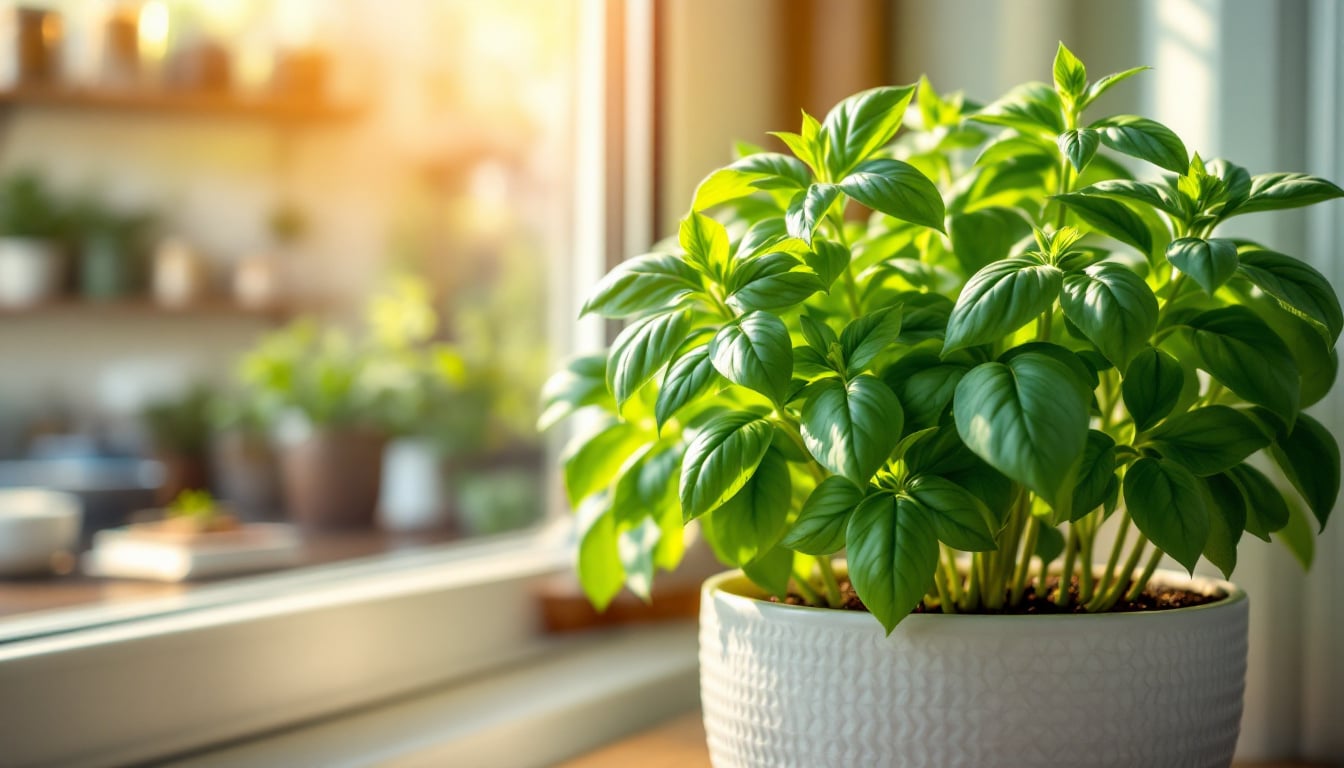Dandelions can be a persistent challenge for gardeners, but understanding their growth habits is essential for effective management. Employing methods such as hand pulling, boiling water, and even vinegar can help control these weeds, though their effectiveness varies. Preventive measures, like maintaining longer grass, are crucial in limiting dandelion growth and reducing re-seeding. For those looking for more aggressive solutions, herbicides may offer a quick fix, but using organic methods is often preferred for a healthier, more sustainable lawn.
Key Takeaways:
- 🌱 Prevention is essential in managing dandelions; maintain longer grass to overshadow them.
- 🤲 Hand pulling is effective when the soil is moist; ensure you remove the entire **taproot** to prevent regrowth.
- 🔥 Flame weeding can quickly eliminate surface weeds but requires caution to protect surrounding plants.
- 💧 Boiling water and vinegar are natural alternatives for small patches but may need multiple applications for complete effectiveness.
- 🍽️ Dandelions are edible; incorporate young greens and flowers into meals for a nutritious boost.
- 🧪 For aggressive control, herbicides like triclopyr can be effective but come with health risks.
Handy Hack: When using hand pulling, do it after a rainfall or water your lawn. This softens the soil and helps you remove the taproot more easily, reducing the chances of dandelions regrowing!
Dandelion Removal: Prevention is Key
Dandelions, with their vibrant yellow blooms and fluffy seed heads, can become a persistent headache for gardeners and homeowners alike. These hardy plants are notoriously difficult to eradicate once established, making prevention a crucial strategy in managing their growth. By understanding the biology of dandelions and the conditions in which they thrive, one can implement effective measures to keep them at bay before they take hold.
Hand Pulling: Effective but May Not Eliminate Re-seeding
One of the most straightforward methods for managing dandelions is hand pulling. This technique can be effective in removing the plant from the lawn; however, it often falls short in addressing the issue of re-seeding. Even a few remaining seeds can lead to a resurgence of dandelions in subsequent seasons, thus making it essential to not only pull the plants but also manage their flowering and seeding habits.
Low-effort Methods: Boiling Water or Vinegar
For those seeking low-effort removal methods, boiling water or vinegar can be employed as natural herbicides. While these methods can effectively kill the visible parts of the plant, they often do not reach the roots, allowing the dandelions to potentially regrow. It is important to recognise that while these methods are easy to apply, they may require multiple applications to achieve satisfactory results.
Easy mulching tricks you can start today for a lush summer garden
Organic Removal: Various Methods, Effectiveness Varies
Organic removal methods for dandelions encompass a range of techniques, from hand pulling to the use of organic materials. The effectiveness of these methods can vary significantly based on factors such as soil type, moisture levels, and the age of the dandelion. Gardeners should experiment with different approaches to find the best fit for their specific circumstances.
Prevention Strategies: Maintain Longer Grass
Implementing preventive strategies is paramount in the fight against dandelions. Maintaining longer grass can provide a competitive advantage against these weeds, allowing the grass to outgrow and overshadow the dandelions. Additionally, leaving grass clippings on the lawn can contribute to a denser growth, further suppressing the emergence of dandelions.
Hand Pulling: Best When Soil is Moist
The efficacy of hand pulling can be greatly enhanced by the condition of the soil. It is advisable to pull dandelions when the soil is moist, as this facilitates the removal of the entire taproot. Ensuring that the root is fully extracted is essential; otherwise, any remaining segments can lead to regrowth.
Tools: Weeding Tools Assist
Utilising weeding tools can assist in the hand pulling process, making it easier to extract dandelions from the ground. However, it is worth noting that these tools may sometimes leave divots in the lawn, which can be an aesthetic concern. Proper technique and care are necessary to minimise lawn damage while effectively managing dandelion populations.
Flame Weeding: High Heat for Surface Weeds
Flame weeding is a method that employs high heat to eliminate surface weeds, including dandelions. While this approach can be effective for quick eradication, it carries risks, particularly to nearby plants that may be harmed by the intense heat. Caution should be exercised when employing this method, ensuring that flammable materials are kept at a safe distance.
Boiling Water: Effective for Isolated Weeds
Boiling water is another method that can be particularly effective for isolated dandelions. When applied directly to the foliage, the heat can kill the plant tissue; however, it is recommended to reapply after a week to target any deeper roots that may have survived the initial treatment. This method is best suited for small patches of dandelions rather than widespread infestations.
Vinegar: Use Horticultural Vinegar for Effectiveness
Vinegar can serve as a natural herbicide, with horticultural vinegar containing 20% acidity being particularly effective against dandelions. However, caution is advised, as it can also harm surrounding plants. When using vinegar, it is crucial to apply it carefully, targeting only the dandelions to minimise collateral damage.
Edible Dandelions: Incorporate into Meals
Interestingly, dandelions are not just weeds; they are also edible. Incorporating young dandelion greens and flowers into meals can provide a nutritious addition to the diet. The young greens can be used in salads, while the flowers can be utilised to make tea and wine, showcasing the plant’s versatility beyond its reputation as a weed.
Herbicides: Triclopyr Kills Dandelions
For those who prefer a more aggressive approach, herbicides such as triclopyr are effective in killing dandelions. However, these chemical solutions are not natural and can carry health risks, making them less desirable for environmentally conscious gardeners. Careful consideration should be given to the potential implications of using herbicides in residential areas.
Home Remedy: Thorough Hand Pulling of the Taproot
Ultimately, the best method for dandelion removal remains the thorough hand pulling of the taproot. This traditional technique, while labour-intensive, ensures that the plant is fully removed from the ground, thereby preventing future regrowth. By adopting a combination of prevention strategies and effective removal techniques, homeowners can successfully manage dandelions and maintain a healthy, weed-free lawn.
FAQ
Q: How can I prevent dandelions from taking over my lawn?
A: The best prevention strategy is to maintain longer grass, which can outcompete dandelions for sunlight and nutrients. Additionally, regularly mowing your lawn and leaving grass clippings can help create denser growth that suppresses weed emergence.
Q: Is boiling water an effective method for larger dandelion infestations?
A: Boiling water is most effective for isolated dandelions rather than larger infestations. For widespread issues, it may be necessary to combine boiling water with other methods for better results.
Q: Can using vinegar harm my other plants?
A: Yes, vinegar can potentially harm surrounding plants if not applied carefully. It is essential to target only the dandelions when using vinegar to minimize damage to desirable vegetation.
Q: Are there any benefits to having dandelions in my garden?
A: Absolutely! Dandelions are edible and can be a nutritious addition to your diet. Young dandelion greens can be used in salads, while the flowers can be made into tea or wine, showcasing their versatility beyond being a weed.
Keep Your Lawn Dandelion-Free!
By embracing a mix of prevention strategies and effective removal techniques, you can successfully keep dandelions at bay and enjoy a lush, healthy lawn. Remember that consistent effort is key, and even the most stubborn weeds can be managed with the right approach. We invite you to visit us again soon for more insightful articles that will help you enhance your gardening experience!





